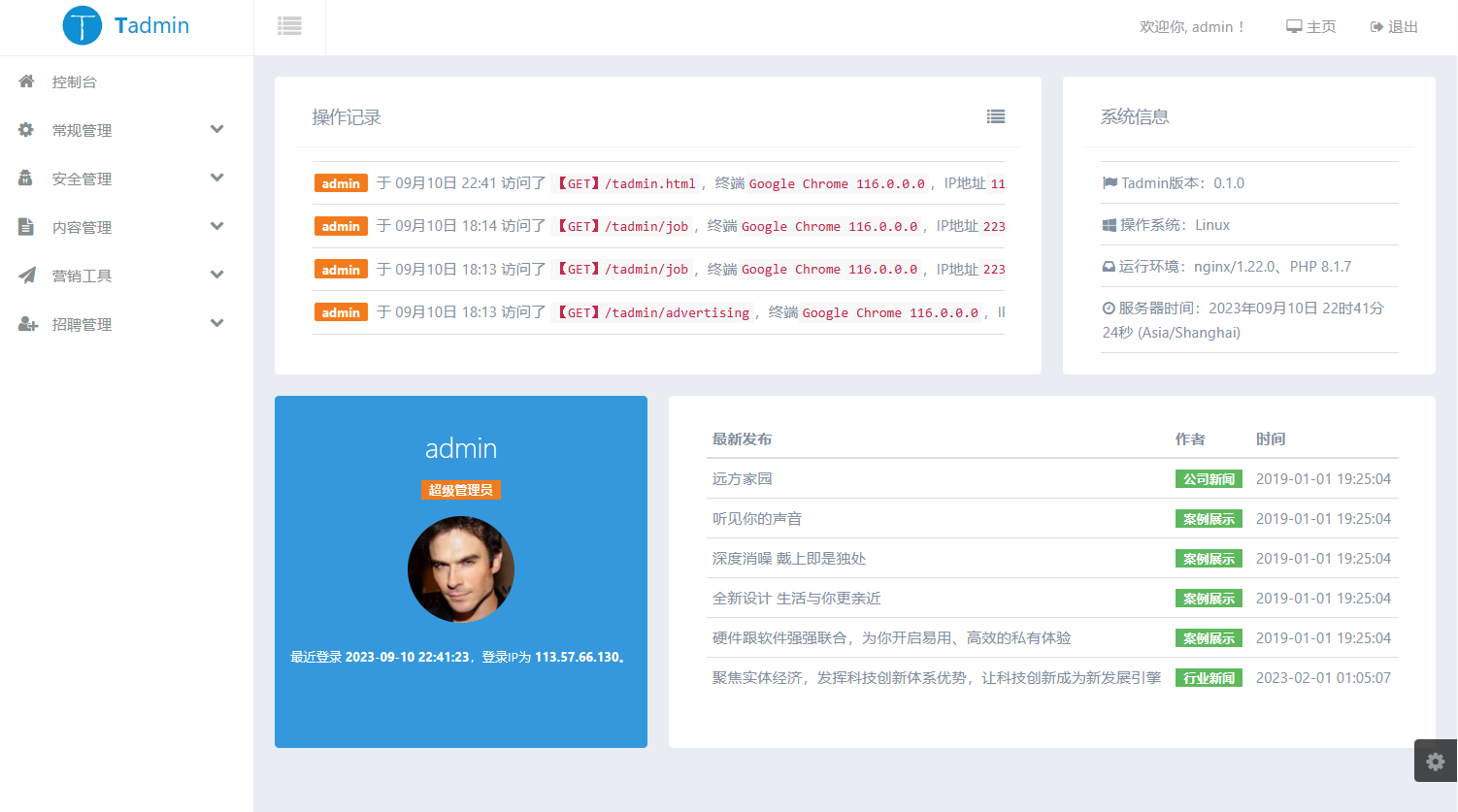在Go语言开发中,测试并发代码一直是个挑战。传统的并发测试经常会出现随机失败的情况,让开发者头疼不已。
下面来介绍Go 1.25中的新特性——testing/synctest库,它将彻底解决这个问题。
🔍 并发测试的传统困境
先看一个简单的测试例子:
func TestSharedValue(t *testing.T) {
var shared atomic.Int64
go func() {
shared.Store(1)
time.Sleep(1 * time.Microsecond)
shared.Store(2)
}()
time.Sleep(5 * time.Microsecond)
if shared.Load() != 2 {
t.Errorf("shared = %d, want 2", shared.Load())
}
}这个测试看起来应该总能通过,但如果你运行1000次:
go test -run TestSharedValue -count=1000你会发现测试有时会失败!输出可能是shared = 0, want 2或shared = 1, want 2。
这是因为测试结果取决于系统调度器,goroutine可能还没开始执行或只执行了一部分。系统负载、操作系统差异都会影响结果。
🎯 synctest的解决方案
Go 1.25引入了testing/synctest,通过创建隔离的"气泡"环境来解决这个问题:
import "testing/synctest"
func TestSharedValue(t *testing.T) {
synctest.Test(t, func(t *testing.T) {
var shared atomic.Int64
go func() {
shared.Store(1)
time.Sleep(1 * time.Microsecond)
shared.Store(2)
}()
time.Sleep(5 * time.Microsecond)
if shared.Load() != 2 {
t.Errorf("shared = %d, want 2", shared.Load())
}
})
}使用环境变量启用:
go test -run TestSharedValue -v现在测试每次都能通过!✨
⏱️ 虚拟时间的魔力
synctest使用虚拟时间,测试几乎瞬间完成:
func TestTimingWithSynctest(t *testing.T) {
synctest.Test(t, func(t *testing.T) {
start := time.Now().UTC()
time.Sleep(5 * time.Second) // 虚拟时间,瞬间完成!
t.Log(time.Since(start)) // 总是输出5s
})
}输出结果:
=== RUN TestTimingWithSynctest
main_test.go:8: 5s
--- PASS: TestTimingWithSynctest (0.00s)
PASS🛠️ 同步等待机制
synctest.Wait()会等待所有goroutine完成或阻塞:
synctest.Test(t, func(t *testing.T) {
ctx, cancel := context.WithCancel(context.Background())
afterFuncCalled := false
context.AfterFunc(ctx, func() {
afterFuncCalled = true
})
cancel()
synctest.Wait() // 等待AfterFunc完成
fmt.Printf("afterFuncCalled=%v\n", afterFuncCalled)
})💡 工作原理简介
- 隔离环境:
synctest.Test()创建隔离的"气泡"环境 - 虚拟时间:气泡内使用虚拟时钟,时间只在所有goroutine阻塞时前进
- 完全控制:调度器完全控制goroutine的执行顺序和时间流逝
📝 使用限制
- 不支持真实I/O操作(网络、文件系统)
- 主要适用于测试同步逻辑,而非真实计时行为
🎉 写在最后
testing/synctest为Go开发者带来了:
- 确定性测试:告别随机失败的失效测试
- 极速执行:虚拟时间让测试瞬间完成
- 简单API:只需用
synctest.Test包装测试代码 - 强大同步:
synctest.Wait()确保所有协程阻塞或完成
synctest可以解决并发测试中的一些问题,对于编写并发代码的Go开发者来说,这绝对是一个值得尝试的工具!

